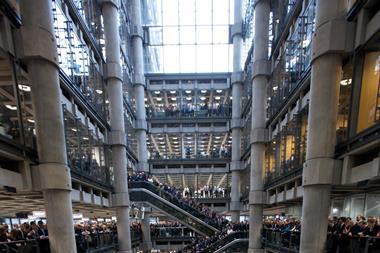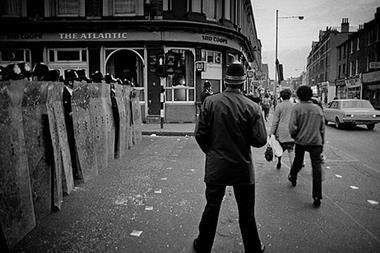At the Ferma Forum in Stockholm, Andrew Chester, head of the broker Bowring Marsh UK, answers StrategicRISK’s questions about the market
What is the outlook for the commercial insurance market?
What we are saying is the natural catastrophe losses that have taken place in Japan, New Zealand and Australia, as well as the US tornadoes, we are seeing those numbers moving out. Not dramatically but we are seeing an average six percent creep.
What impact has the US hurricane season had on the market?
Hurricane Irene is the only storm to make US landfall this season. But there is still some ways to go in the season so it is still a bit early to call.
What is the market picture coming into 1 January renewals?
The renewals will be heavily dependent on the balance of the year, especially in terms of the remainder of the hurricane season.
Tell us about rates?
I think rates for the third quarter have been geneally stable, however we have seen some reductions. This is really where customers are really genuinely affected by risks to the profile they have and the loss estimates they have, and even the risk management programs that are maturing. Where businesses are able to explain all of that, we are seeing reductions.
Why hasn’t the market turned despite the catastrophe losses?
It is about excess capital, simple as that. Plus most of the events have been non-US. According treaty brokers I have spoken to, there is adequate capitalisation. But of course whilst we have had $70bn of estimated losses, even that sort of mlney provides an earnings event as opposed to a capital event.
There wil be damage to what they call the “excess capital buffer”, it won’t be totally removed. That is why we are not seeing a general hardening of the market.
What has the impact of RMS version 11 had on the market in the third quarter?
We are beginning to see some impact from that. What we are seeing is the US inland risk estimates are rising substantially. The experts are telling us to adjust rates because the hurricanes are not disappating quite as quickly as version 9 of the model was suggesting. It is too early to determine the full impact but some insurance companies will see a rise in aggregate exposures as a consequence of this new model, therefore some carriers will require more capital and or more treaty protection than perhaps they were buying up to now.
How would you rate 2011 catastrophe losses in historical terms?
2011 is second only to 2005. But in actual fact, the first half of this year has seen five times the ten-year average losses.
What, if any, positives have come out of the catastrophes losses this year?
We are now seeing a lot more customers visiting us in London from New Zealand than we have seen in many years. The fact that Lloyd’s can write direct to New Zealand is of particular importance.
What else is affecting the insurance market?
It is important to note the affect of the macro economics on the market. Some of these are subdued growth, low interest rates, low investment returns and more discussion that ever around the sovereign debt crisis. We have been working for years on the basis that government bonds were “safe” but the yields on those are at a 30-year low. The US sovereign debt downgrade is yet to cause problems but clearly it is a new factor.




















No comments yet